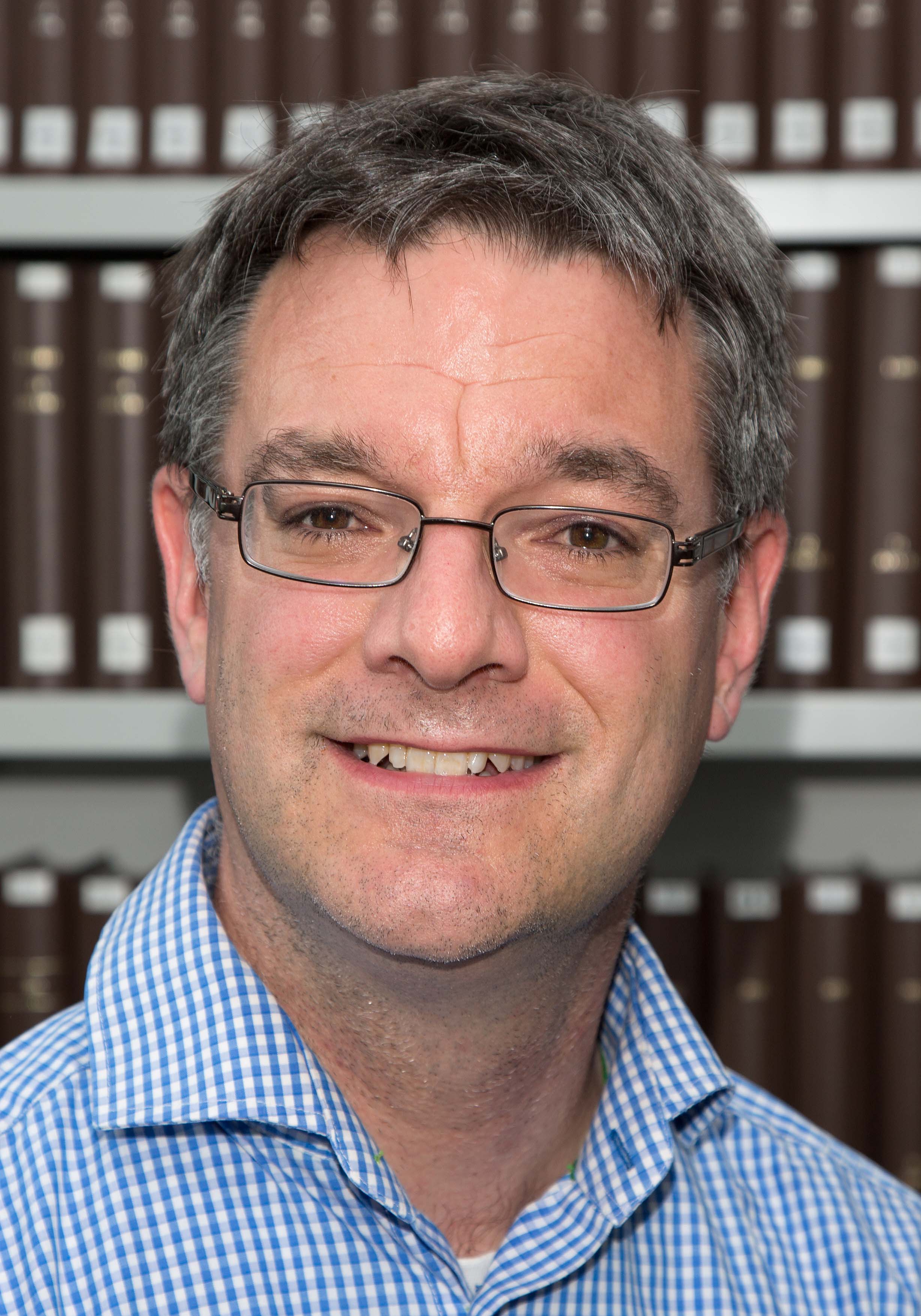During its second phase, the project on “Legal Transplants and Resilience” will focus on institutions of “lay jurisdiction” (Benches of Aldermen and Courts of Consultation [Oberhöfe]) and on the actors who worked in these courts (the lay judges or aldermen, but also the court clerks and professional attorneys). How did these actors cope with the existential threat that their institution faced in the age of the reception of Roman law? The project concentrates on the time between 1450 and 1550 and on the influential Bench of Aldermen which acted as a court of consultation for a great number of local courts. Other institutions in the region will be considered insofar as the extant sources yield information and the subject matter makes it desirable to take other courts into account. The courts of Saxony and specifically the Bench of Aldermen in Leipzig which was particularly long-lived will serve as objects of comparison throughout. The project is based on the assumption that lay jurisdiction faced a severe crisis at the turn of the 15th to the 16th century. This crisis was caused (1) by the growing influenced of learned law and the ensuing displacement of traditional legal experts like the aldermen by university-trained jurists and (2) by the efforts of the German princes to monopolise the administration of justice within their territories under their own exclusive control. For the aldermen, the loss of importance or even the dissolution of the courts of lay jurisdiction did not necessarily constitute an economic threat, since they did not earn their living with their judicial work. Even so, they were threatened by a considerable loss of prestige and personal status. For other actors, like the clerks, who were employed by the court, and the attorneys who worked in the court, the crisis of lay jurisdiction endangered the economic foundations of their own existence. Against this backdrop, we will put the heuristic instruments of the theory of resilience to work in order to identify the strategies which the actors employed to ensure the survival of their institution, the dispositions which helped them in this effort, and the resources on which they could draw. Which potentials for coping, adaptation, or transformation of the lay court are discernible? With the proposed project, we focus on the study of continuity and discontinuity at the intersection of social, institutional, and legal history. As a side benefit, the project will yield new insights on the controversial question how the process of ‘reception of Roman law’ can adequately be conceptualized and explained.

